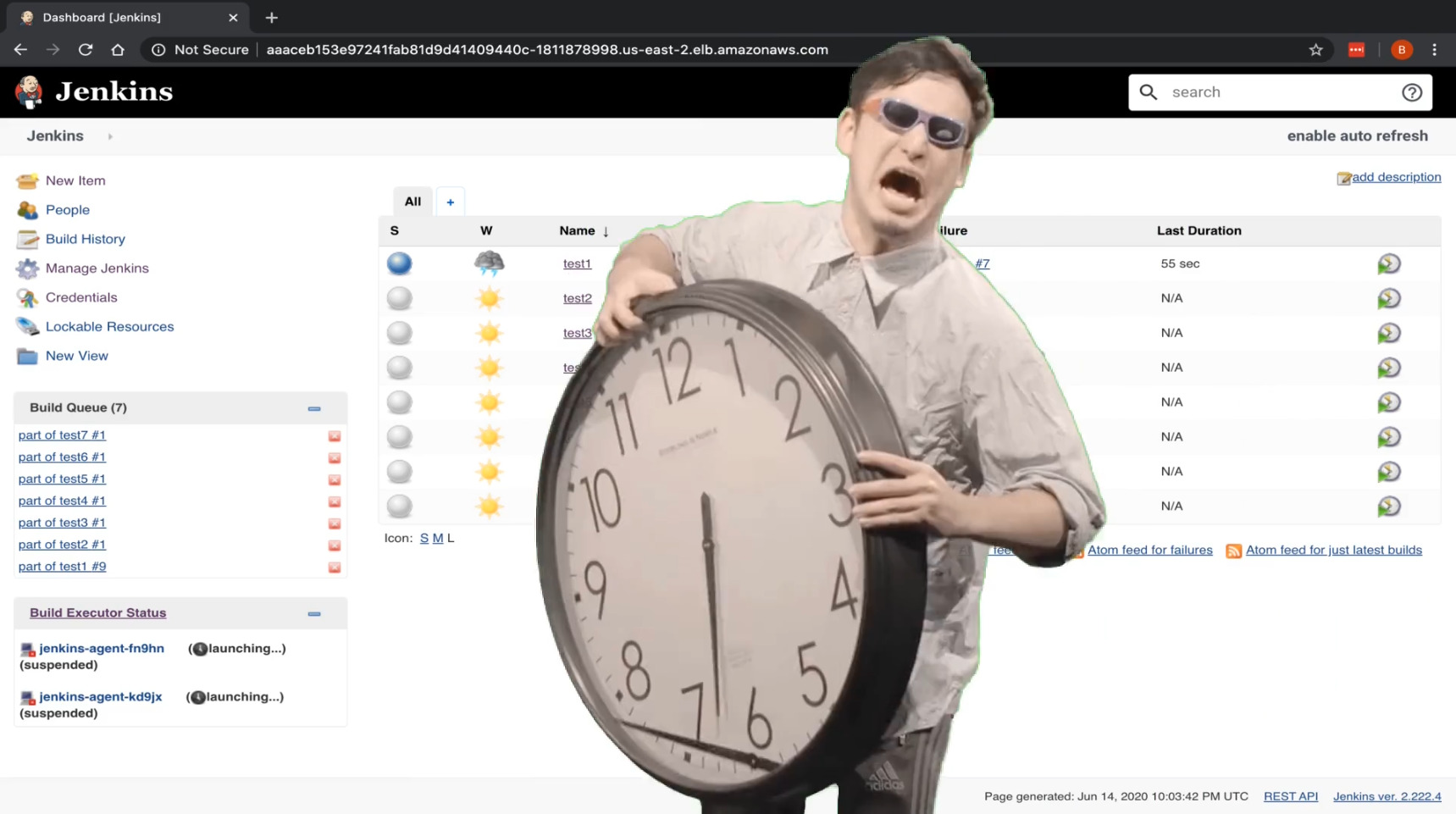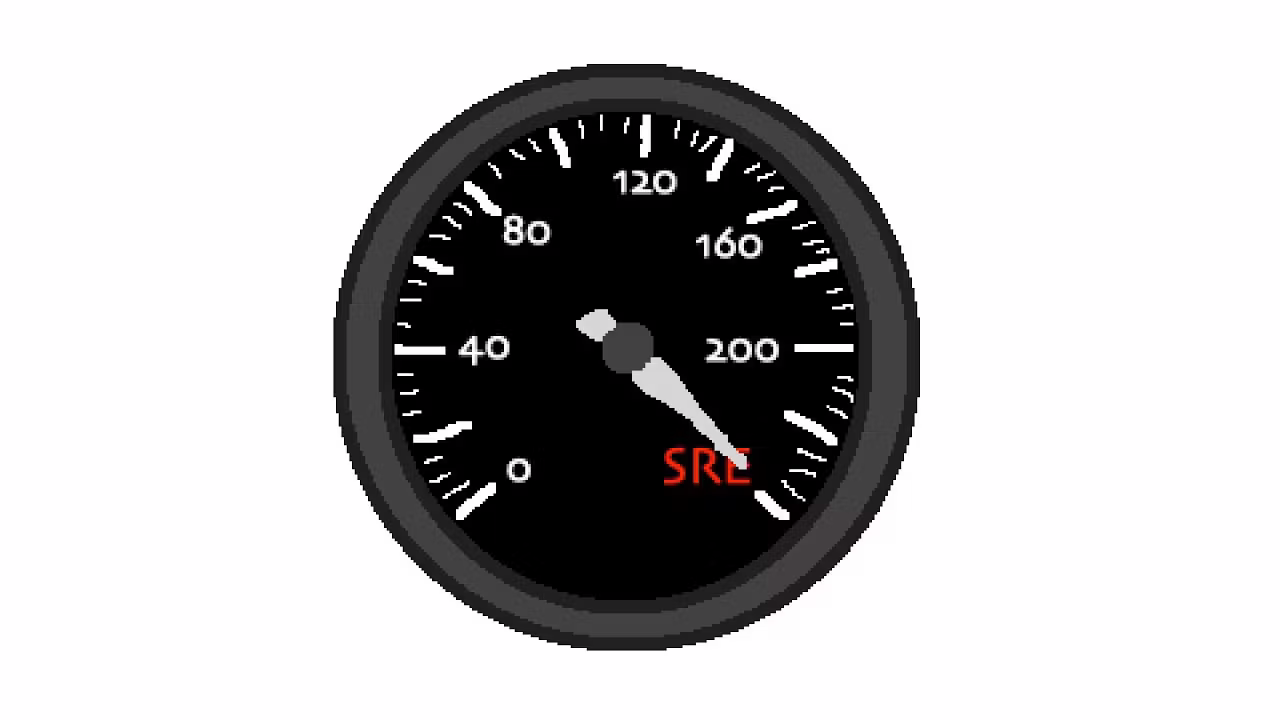Join fellow SRE Paige Cruz and yours truly on an exploration of my history being on-call, using multiple generations of observability tools, and how to make the experience as painless as possible.
One of the major points of the discussion is how SRE sets boundaries around taking on-call burden on behalf of engineering teams in contrast to classic IT Operations teams.
I also share a funny story about the last page I received while...









































